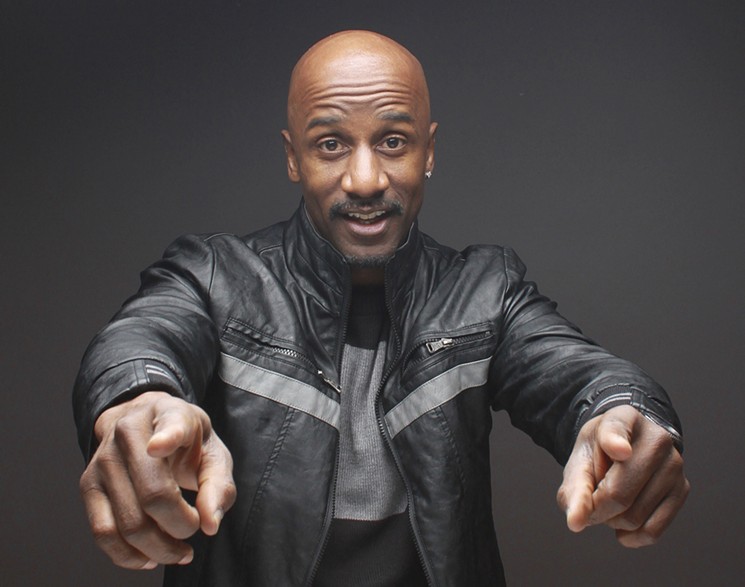When the Mirror Lies: A Real Talk on Gender Dysphoria and Finding Self‑Truth
I’ll never forget sitting across from Casey*, a 22-year-old who’d been living as a man for over a year. His voice was calm, but his eyes brimmed with turmoil. “I

I’ll never forget sitting across from Casey*, a 22-year-old who’d been living as a man for over a year. His voice was calm, but his eyes brimmed with turmoil.
“I wake up every day in a body that feels like someone else’s,” he said. “It’s not just uncomfortable—it’s like living in a ghost.”
That’s gender dysphoria: a deep, often agonizing disconnect between one’s gender identity and the body assigned at birth. It’s not confusion. It’s not a fad. It’s a profound experience of dissonance that affects mental health, relationships, and daily life.
Let’s explore how common gender dysphoria really is, how it shows up in children, and why affirming identity isn’t just compassionate—it’s often lifesaving.
What Is Gender Dysphoria?
Gender dysphoria is clinically recognized in the DSM‑5 as the severe distress caused when a person’s gender identity doesn’t match their assigned sex at birth. It can manifest as:
- Persistent discomfort with primary or secondary sex characteristics
- An intense desire to live as another gender
- A need for gender-affirming clothing, pronouns, or name
It’s not about rejecting identity—it’s about yearning to live as one’s true self.
How Common Is Gender Dysphoria?
- Among adults, it’s estimated that 0.5% to 2% of the population may experience gender dysphoria or identify as transgender—though precise figures vary across studies.
- In children and adolescents, rates are rising, with 0.7% to 3% of youth reporting gender-diverse identity when given supportive environments to express themselves.
- Many people still avoid seeking care due to stigma and lack of access—meaning these numbers likely underestimate the real prevalence.
That makes gender dysphoria far from rare. In your classroom, family, or workplace, there’s a good chance someone has felt—or is feeling—this disconnect.
Gender Dysphoria in Children: Early Signals

From preschoolers to teens, signs may emerge early:
- Expressing a strong desire to be or play as another gender
- Rejecting clothing, toys, or activities associated with assigned sex
- Persistent discomfort or unhappiness with one’s sex characteristics
- Distress when treated as their assigned gender
Not every child with gender-nonconforming behavior has dysphoria. But if a child shows consistent, insistent, and persistent identity expression, gender-affirming support is critical for their emotional well-being and self-worth.
How It Shows Up: Signs and Symptoms
Gender dysphoria can look different for each person, but common experiences include:
- Chronic discomfort with body aspects (voice, chest, hair)
- Secretly dressing or presenting in ways that feel right
- Anxiety, depression, or social isolation
- Body dysmorphia tied to gender incongruence
- Persistent, debilitating internal tension
These feelings often begin in early childhood and become more intense in adolescence or adulthood.
The Mental Health Stakes
Mental health impacts are profound:
- Rates of depression and anxiety are significantly higher
- Risk of self-harm and suicidal ideation is elevated
- Social withdrawal, loneliness, and substance use are common coping mechanisms
But here’s the hopeful part: gender-affirming care can transform outcomes. Studies show that access to support—like counseling, hormones, social respect—can drastically reduce emotional suffering and improve overall well-being.
Pathways to Safety: How Support Makes a Difference
Psychotherapy & Counseling
Gender-affirming therapists help explore identity, navigate family and social dynamics, and guide the transition—without pathologizing the person.
Hormone Therapy & Medical Transition
Many who receive gender-affirming hormones report dramatic relief from dysphoric symptoms and report improved alignment with their identity.
Social Transition & Community
Choosing a new name or pronouns, dressing in one’s true gender, and connecting with supportive peer groups can reduce feelings of isolation and distress.
Legal & Structural Support
Correct identity documents and protections against discrimination in schools, workplaces, and healthcare are essential for physical and mental health outcomes.
What You Can Do: Simple but Profound Support
- Listen without judgment: “I don’t know exactly how you feel, but I believe you.”
- Use chosen names and pronouns consistently
- Challenge transphobia in conversations and behavior
- Support inclusive policies in your community
- Provide practical help: accompany them to appointments, help change documents, find affirming providers
- Offer emotional safety: affirm them with words and actions alike
When someone says, “this isn’t me,” your belief and validation can be a lifeline.
The Road Ahead: Beyond Transition
Transition isn’t a finish line; it’s a journey. Whether through medical interventions or personal expression, many describe it as “trading one path for another.” Life gets richer—but identity work is ongoing.
Mirrors Don’t Lie—Humans Do
Gender dysphoria isn’t a phase. It’s not a fad. It’s a declaration: “This body doesn’t fit me.”
Affirmation isn’t optional. It’s a statement that you see them. You believe them. You are willing to walk with them.
Living authentically matters. Self-truth saves lives.When someone opens the door and says, “the mirror lies,” let your response be clear and true: I see you. You are real. You belong.
By Steven Grillo for Ravoke.com








